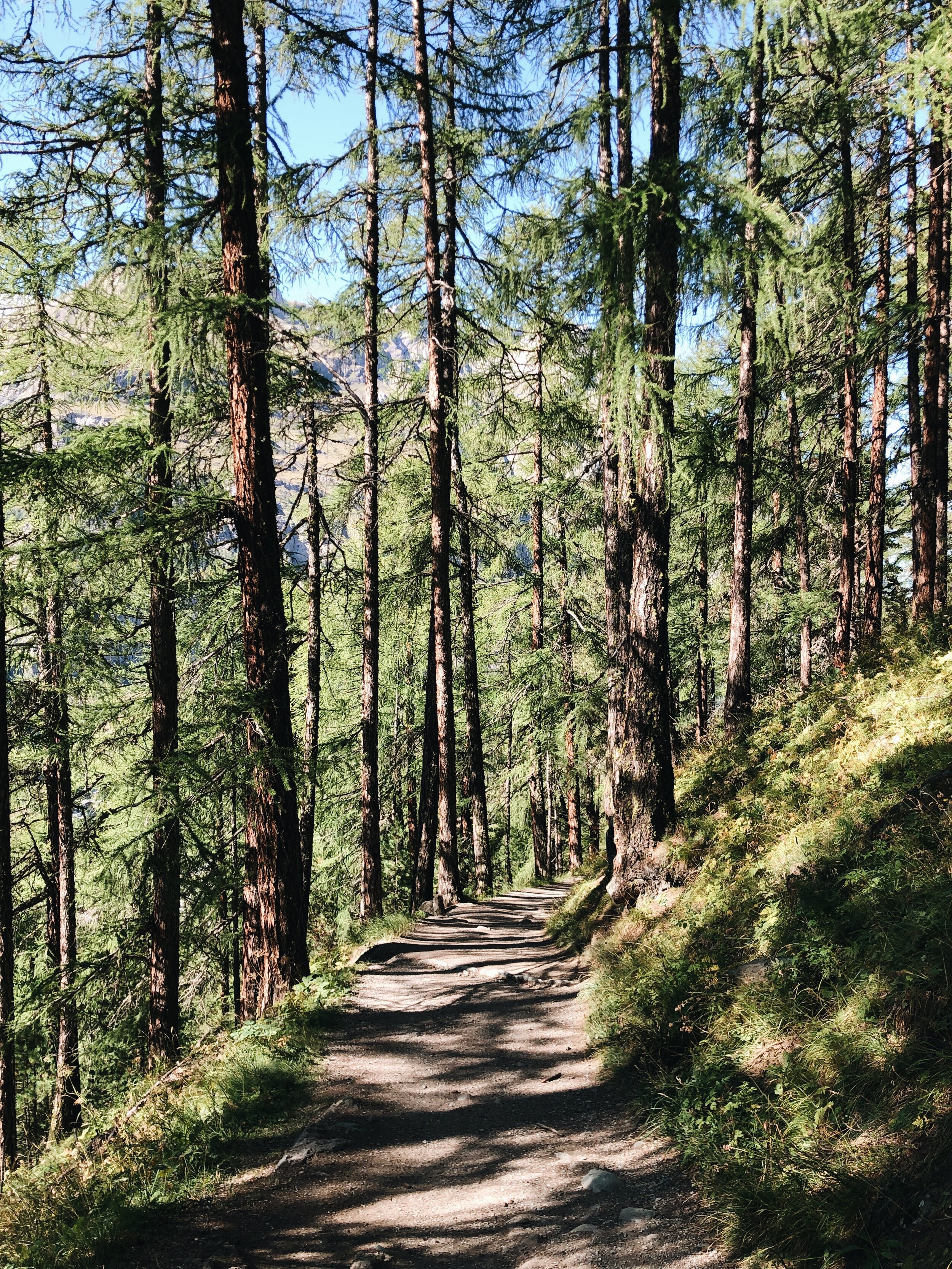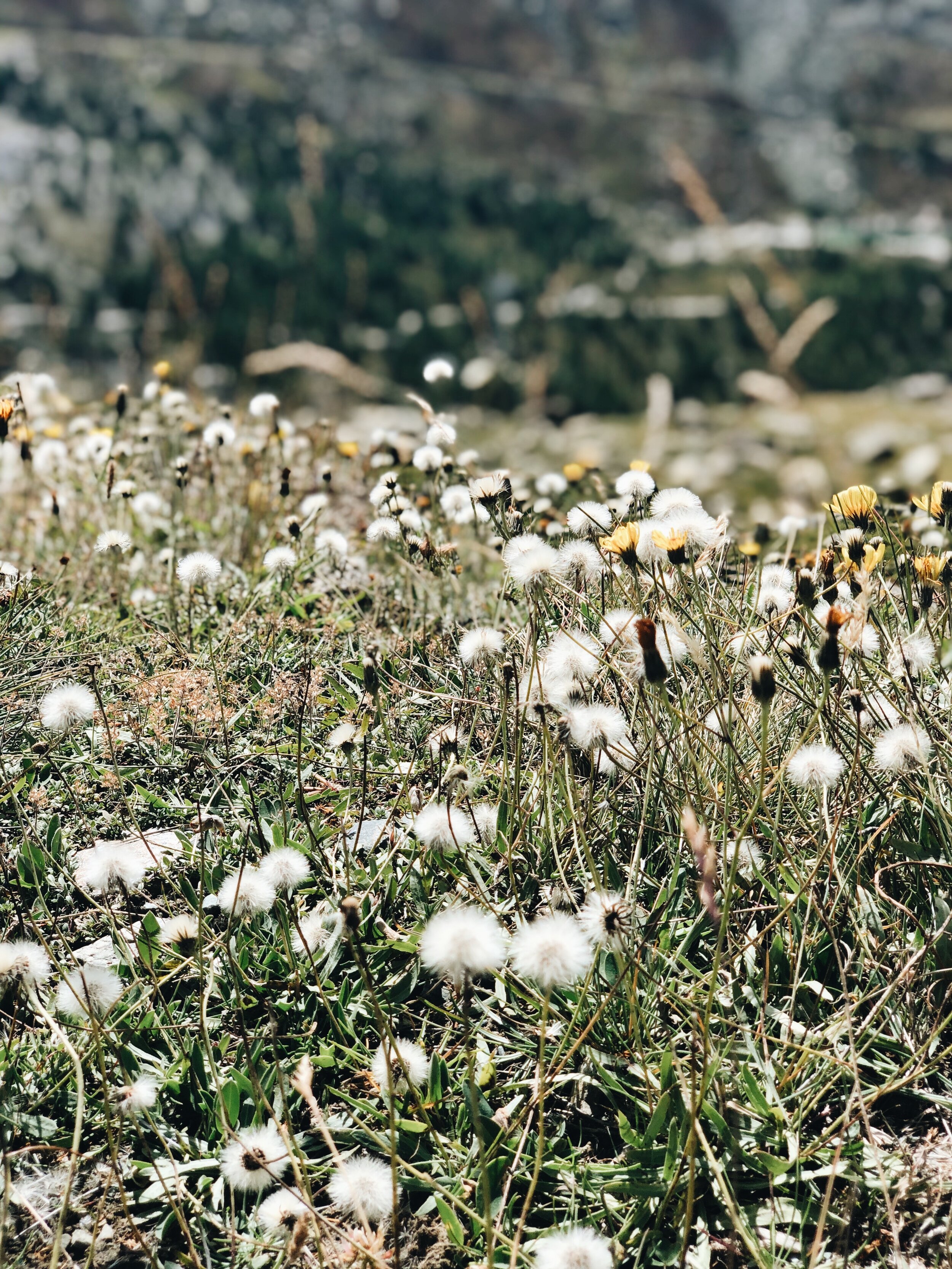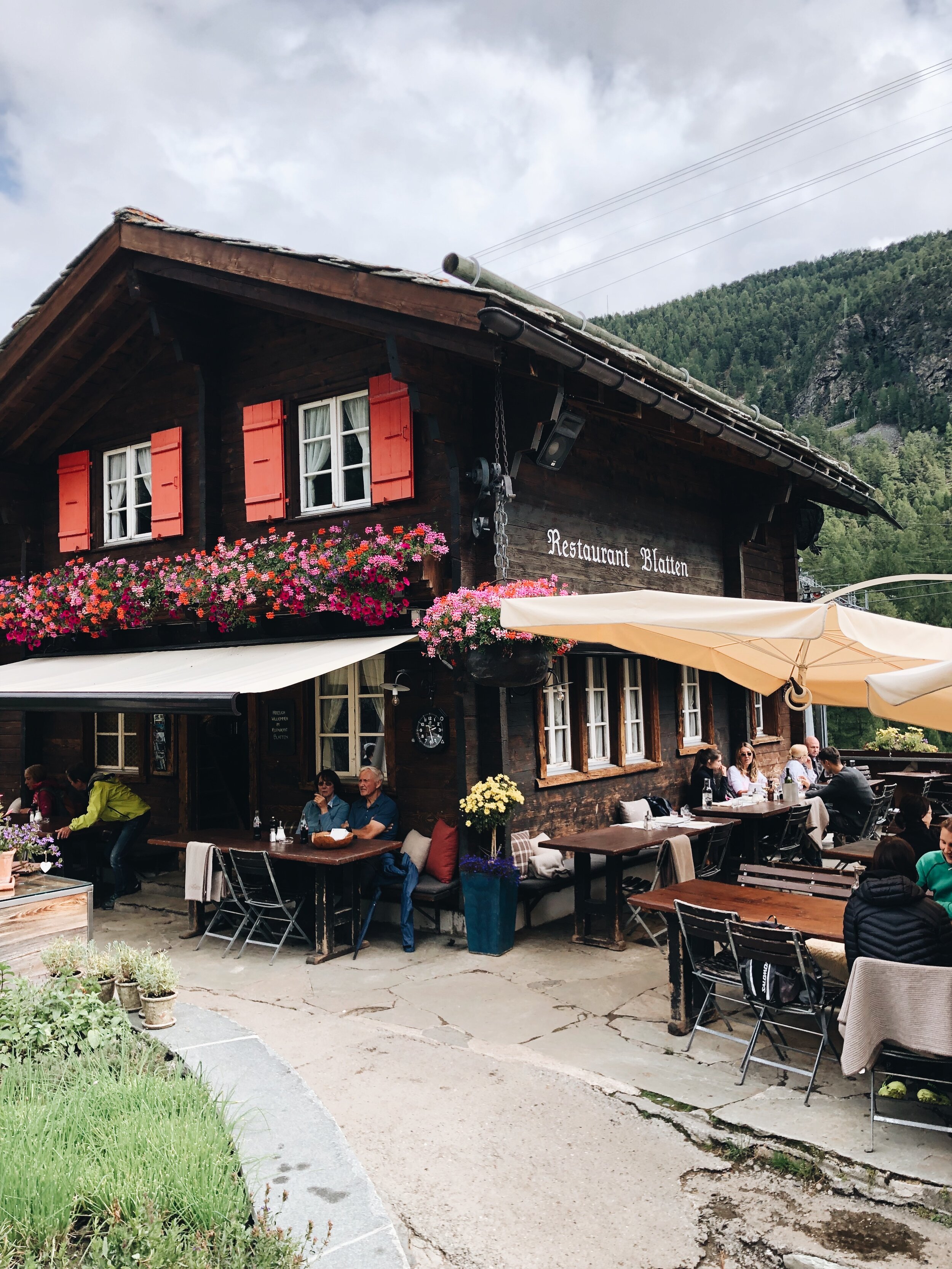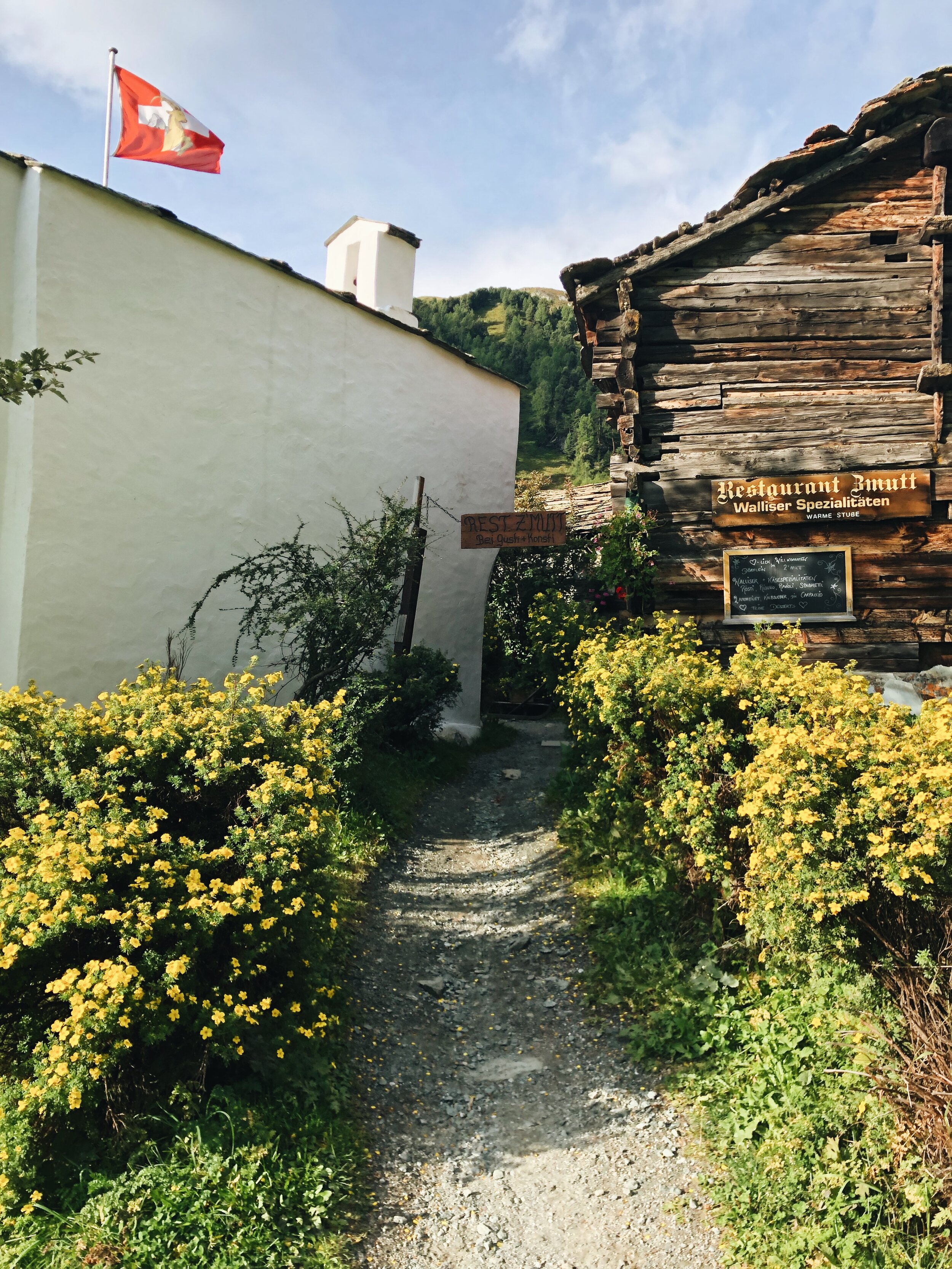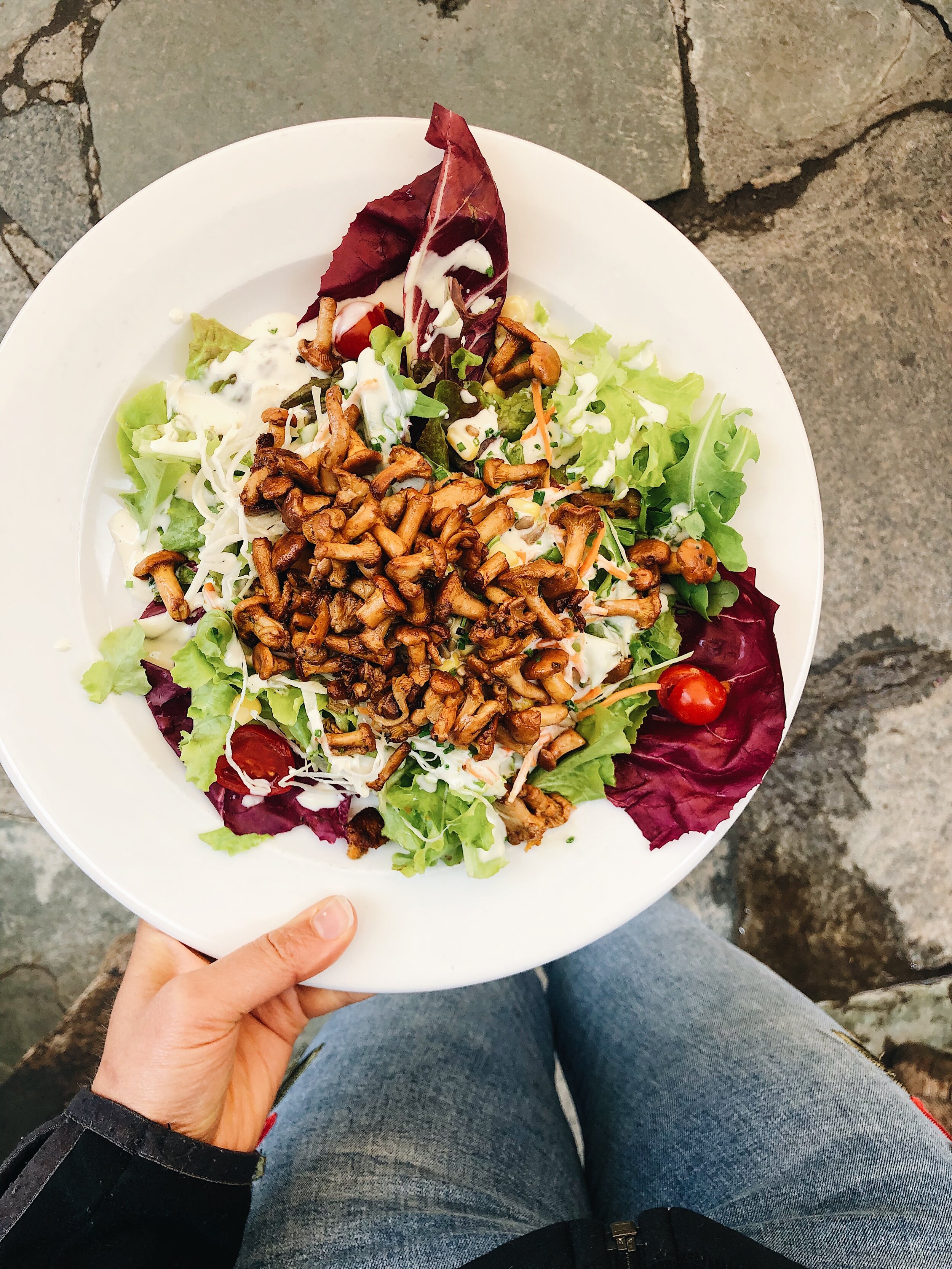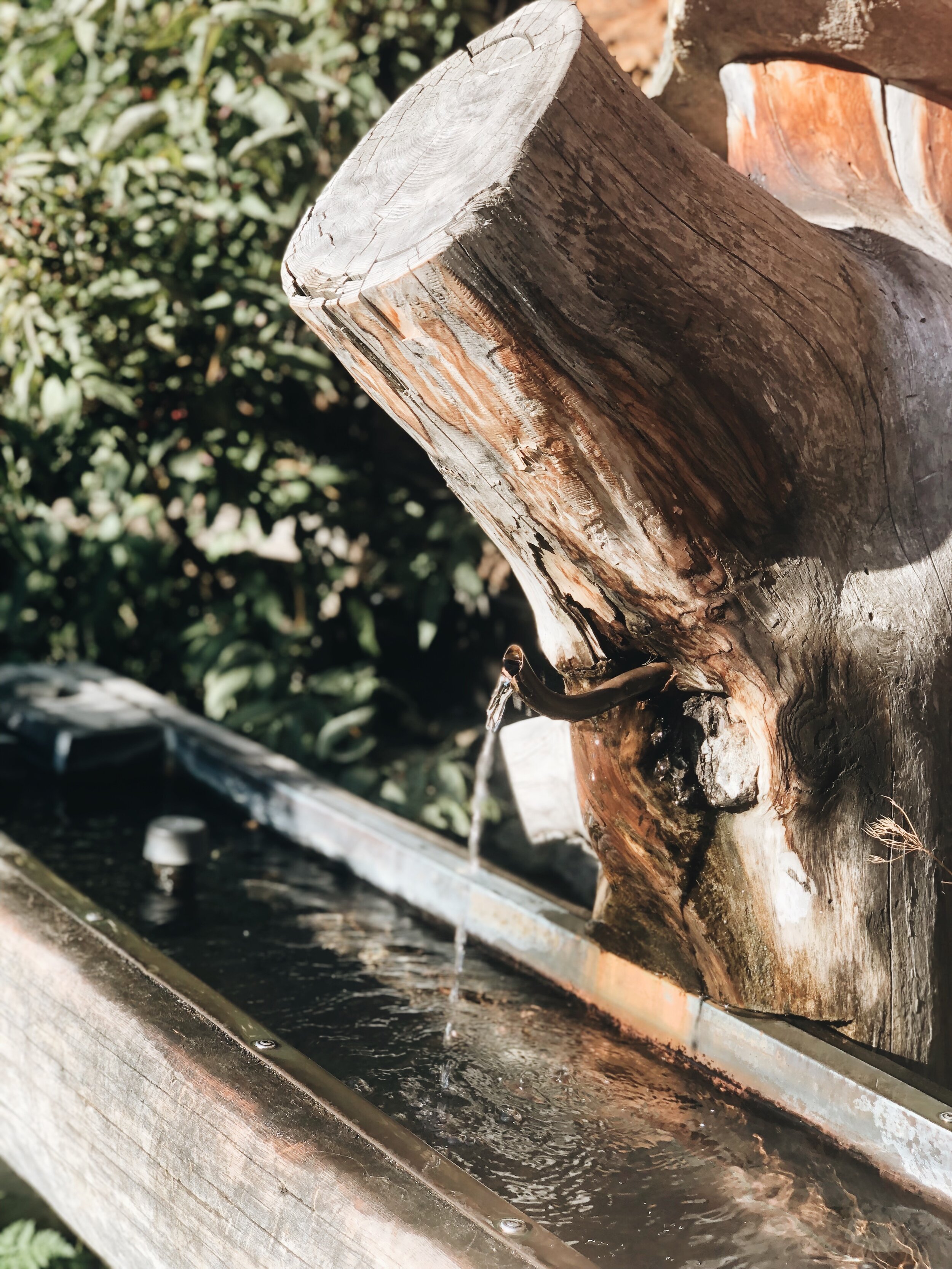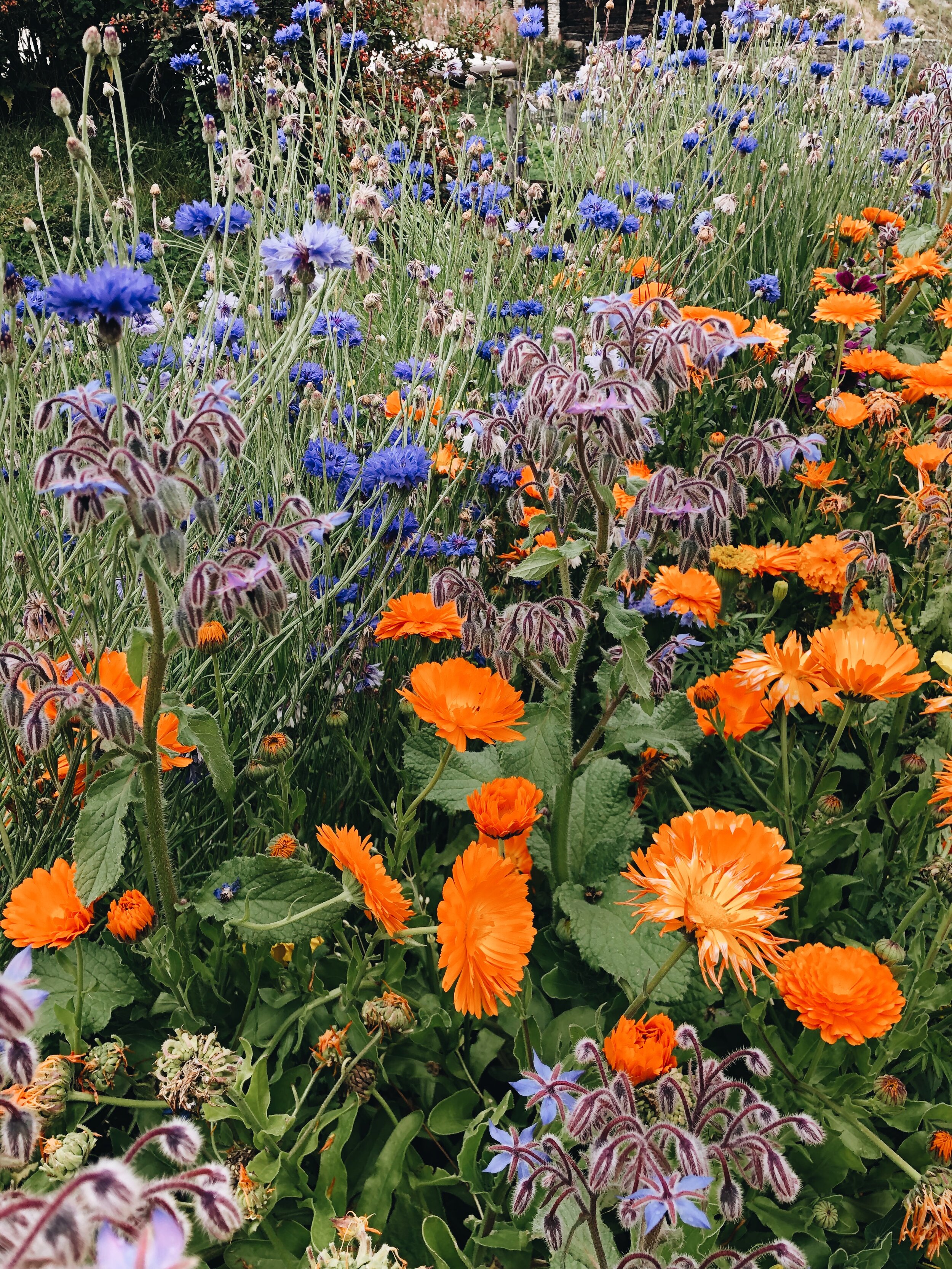With Love From Zermatt - Eco Age
This recipe was originally written for Eco Age. A wonderful platform and resource for sustainable living.
I have been visiting Zermatt since I was eleven years old. Even then, it felt like a magical place. A place where no cars were permitted, where the air was always clear, where everywhere you turned you could see a breathtaking view of the mountains and where the people had a deep respect for nature. Years later, it remains one of my favorite places to visit and somewhere that seems to inspire me each time I do.
Zermatt is a mountain resort at the very end of the Southern Swiss Valais. During the winter, Zermatt’s impressive slopes attract both the novice and the competitive skier as well as those who are just there for its vibrant après ski scene.
Come summer, the snow melts away to reveal postcard perfect green hills, turquoise blue lakes and a flourishing world of plant and wildlife. The hikers, mountain bikers and mountain animal enthusiasts flock to this very special corner of the world watched over by perhaps its most famous attraction - the Matterhorn. This Toblerone shaped peak remains snowy even throughout warmer months. Matterhorn translates in German as “peak in the meadows” and for me at least, it seems all the more impressive during the summertime. Fun fact - the Toblerone is actually based on the Matterhorn. You can see an image of the mountain illustrated on the box.
Things to do
Make the most of being in the mountains and hike/walk Zermatt’s beautiful trails. Ask for a complimentary mountain guide from the train station, tourist office or any mountain lift. Zermatt boasts some impressive hikes but there are many which are under an hour and suitable for those who perhaps prefer more of a gentle amble to an uphill climb. You can even take a mountain lift one leg of the way to give you a head start.
The Gornegrat Bahn is one lift I recommend taking regardless of your hiking capabilities. The world’s first fully electrified cog railway, built in 1898, is today a modernised eco-friendly railway with a regenerative breaking system that generates electricity on the decent, thus conserving energy. Weave through pine trees, over outstanding bridges, past rocky crevasses and mountain lakes from the foot of the village up to the summit of Gornegrat. The mountain panorama from this 3,089m point of altitude is astounding and offers a memorable view of the Matterhorn.
You can plan many walks to coincide with some of the best mountain restaurants. My favourite is taking the walk to Zmutt and then winding down through the trees to stop for lunch at Blatten or Zum See.
There is ample opportunity to picnic whilst summering in Zermatt. Pack a few bread rolls from one of the many local bakeries (Fuchs and Biner are the best) and head to one of the crystal blue lakes. If you remember, I recommend bringing Bees wax wraps to avoid having to purchase cling film to wrap your sandwich or snacks.
The two best lakes to visit are Leisee and Stellisee. Leisee is often home to a large family of frogs which brought my siblings and me much joy as children. Stellisee has the clearer waters of the two and is perhaps the most stunning but involves slightly more uphill walking. Both are a steep and keen walk from the town or alternatively you can take the high speed Sunnega express from the town and walk down 15 mins to Leisee or up about 30 minutes to Stellisee.
Another notable excursion and something I recommend doing at least once, is a trip to the Glacier Palace. A cave of icy sculpture 15 meters below the surface of Zermatt’s glacier, it is changed yearly by the resident ice sculpturs and is truly something of a fairytale. You’ll need to take mountain lifts to visit and be sure to pack something with a bit of sugar as it is very high.
Live music is a huge part of Zermatt and you can find it 365 days of the year in Zermatt. During winter there are at least half a dozen sites with live music but one place that doesn’t ever stop is Gee’s. Make sure you stop for pizza at my favourite Italian upstairs, Grampis
Food and drink
The food in Zermatt is some of the best I have ever enjoyed. Although meat features heavily in the Alpine diet, rest assured it is of the best welfare and resource. The Zermattens take a huge amount of pride and care over their farming and pretty much everything is done the same way their grandfathers and great grandfathers did. The animals graze the land high up in the hills in summer and come down to lower fields and warm huts to sleep during winter. Many of these huts or stadels are hundreds of years old and still in use.
If like me, you don’t eat meat, do not fear as there are always delicious vegetarian options. Favourites during spring and summertime are the white asparagus with vinaigrette and wild mushroom pasta; wild chanterelles salad or spätzli (a Swiss specialty, similar to gnocchi but made without potato). Being entirely plant based can be a challenge at some restaurants but not impossible. Almost every mountain restaurant will serve a very typical and delicious mountain dish – rosti. Made with grated potato and onion, fried to crispy perfection, it is much like a hash brown. Classic combinations include egg and cheese but they will be happy to make you one with wild mushrooms or tomatoes which is delicious. Restaurant Blatten (my favourite) is also home to one of the original Ricola herb gardens and the gardens are still in use today. The charming owner Leander will gladly show you round. Other restaurant highlights are the wild mushroom dishes at Finderlhof (owned by husband and wife Frans & Heidi), homemade ice creams and sorbets (vegan) at restaurant Zum See, and the house-made wild raspberry vodka at Restaurant Fluhalp.
The mountain water is the best in the world and there is really no need to buy plastic bottles. Unless a fountain specifically says “Kein Drinkwasser” you should be able to drink it. Only some of the restaurants which are very high up aren’t able to offer tap water as they don’t have the filtration system built in.
Other Zermatt facts
Zermatt is a pollution free zone
Zermatt is a 100% car-free zone meaning it is also pollution free. You will see small taxis similar to golf buggies as well as two eBusses which can take you up the hill to Winkelmatten. (Both are battery-run)
The recycling game is strong
Recycling comes naturally to the people of Zermatt. Rather than paying for rubbish collection and disposal within their taxes, the cost is within the price of bin bags, meaning a roll of bin bags costs roughly £30 for 20. This acts as a great deterrent to simply ‘chuck’ and encourages people to recycle. The citizens of Zermatt are diligent with their recycling, separating it into paper and card, plastic and glass. Plastic bags have come with a charge for years at supermarkets and pretty much everyone shops with reusable bags.
People are garden proud
Many of the locals grow their own vegetables and you will likely stumble across some enviable edible gardens as you wonder through town. Some are even home to the national treasure flower, Edelweiss which can only grow in this Alpine climate. If you see them please don’t pick them.

